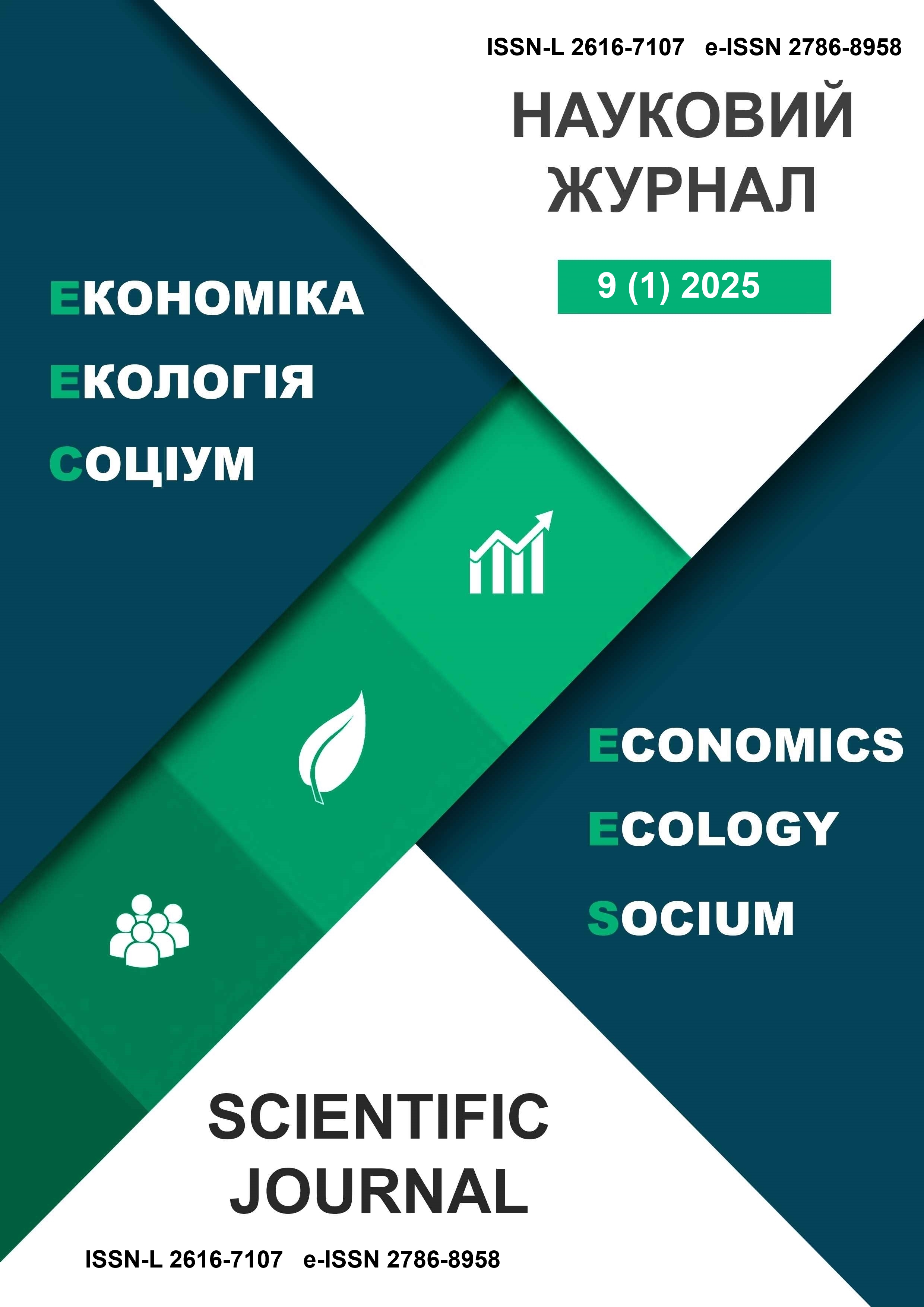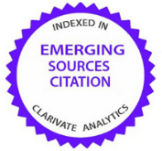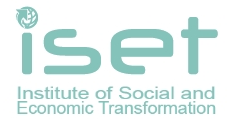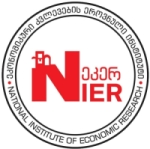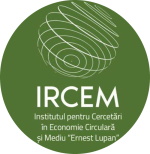Management and Cost Analysis of Insurance-Based Social Benefits in the Republic of Azerbaijan
Abstract
Introduction. Mechanisms for strengthening social protection in the Republic of Azerbaijan are important to improve social payments within the state’s social insurance (insurance-pension) system. The relevance lies in establishing a theoretical and conceptual framework for making informed decisions on improvements at the management level based on the optimal use of the state social insurance system’s financial and resource capabilities for social protection.
Aim and tasks. This study aims to substantiate management decisions and analyse the cost of social protection within the current state of the social insurance system in Azerbaijan. The study also analyses the importance of implementing this benefit scheme in the Republic of Azerbaijan, its role in social protection, and the need to increase its amount.
Results. The analysis of social protection costs within Azerbaijan's current state social insurance system highlights the need to increase childcare benefits by 57.1% for children under 1.5 years of age and 59.1% for children aged 1.5 to 3 years. This need is driven by demographic changes (from 5.2 children per woman in the 1970s to 1.825 in the 2020s), increasing life expectancy (from 69.8 years in the 1970s to 76 years in 2023), and a shrinking working-age population (the share of children aged 0-14 years fell from 32.6% in 1995 to 21.2% in 2024). This trans poses long-term risks to the pension system's financial sustainability and social protection. Currently, the benefit is only 16.29% of the subsistence minimum and less than 3.5% of the monthly food expenses, which is insufficient for the needs of families. The State Social Protection Fund (hereinafter – Fund) has sufficient resources for an increase, which is confirmed by the analysis of the budget and the dynamics of income from mandatory contributions. The share of childcare benefits in the fund's total expenses is only 0.14%, and its share in GDP is less than 0.01%. International experience confirms that increasing benefits can increase birth rates and reduce poverty.
Conclusions. This study strengthens the foundation for making prospective socio-economically effective decisions in the field of social protection based on a grounded approach, as well as international experience. Currently, there are unused economic and financial opportunities to revise (increase) the amount of childcare benefits that are of public interest in the Republic of Azerbaijan. Moreover, sufficient motives exist for introducing these increases, which would be acceptable as management tools for improvement.
Keywords:
social welfare, cost analysis, state social insurance system, social benefit, childcare benefit.References
Azerbaijan Trade Union Confederation. (2024). https://www.ahik.org/en/fealiyyetimiz-en/social-partnership
Bastagli, F., Samman, E., Both, N., Evans, M., Sepúlveda, M., Yang, L., Walker, R., Salomon, H., & Orton, I. (2020). Universal child benefits: Policy issues and options, Overseas Development Institute (ODI) and UNICEF, London and New York, NY.
Chamber of Accounts of the Republic of Azerbaijan. (2024). Opinion on the draft budget of the State Social Protection Fund for 2025. Retrieved November 15, 2024, from https://sai.gov.az/files/DSMF_Rey_2025_-568171727.pdf
Chen, W.-H., & Corak, M. (2008). Child poverty and changes in child poverty. Demography, 45(3), 537–553. https://doi.org/10.1353/dem.0.0024
Comana, M. (2014). Salariul minim va creşte de la 1 iulie la 900 de lei. ce implicaţii imediate va avea această majorare? https://www.zf.ro/analiza
Constitutional Court of the Republic of Azerbaijan. (2010). On conformity of Article 8.1 and 8.3 of the Law of the Republic of Azerbaijan “On Labour Pensions” to the Constitution of the Republic of Azerbaijan [Decision of the Plenum]. Republic of Azerbaijan.
Cooper, K., & Stewart, K. (2021). Does household income affect children’s outcomes? A systematic review of the evidence. Child Indicators Research, 14(3), 981–1005. https://doi.org/10.1007/s12187-020-09782-0
Curran, M. A., & Minoff, E. (2020). Supporting children and families through the pandemic, and after: The case for a US child allowance. Social Sciences & Humanities Open, 2(1), 100040. https://doi.org/10.1016/j.ssaho.2020.100040
Daly, M., & Clavero, S. (2002). Contemporary family policy in Ireland and Europe. School of Sociology and Social Policy, Queen’s University Belfast.
Esping-Andersen, G. (2002). A child‐centred social investment strategy. In Why We Need a New Welfare State (pp. 26–67). Oxford University PressOxford.
Eurostat. (2017). Family and child benefits in the EU. Eurostat. https://ec.europa.eu/eurostat/web/products-eurostat-news/-/edn-20170512-1
Eurostat. (2024). Social protection statistics - family and children benefits. https://ec.europa.eu/eurostat/statistics-explained/index.php?title=Social_protection_statistics_-_family_and_children_benefits
Frey, V., Thomas, J., & Alajääskö, L. (2024). Gender gaps in perceptions of social protection: Insights from the OECD Risks that Matter Survey. International Social Security Review, 77(4), 23–48. https://doi.org/10.1111/issr.12374
González, L., & Trommlerová, S. K. (2023). Cash transfers and fertility: How the introduction and cancellation of a child benefit affected births and abortions. The Journal of Human Resources, 58(3), 783–818. https://doi.org/10.3368/jhr.59.1.0220-10725r2
International Labour Organization. (2024). World social protection report 2024-26: Universal social protection for climate action and a just transition. ILO.
Jensen, M. F., & Blundell, J. (2024). Income effects and labour supply: Evidence from a child benefits reform. Journal of Public Economics, 230(105049), 105049. https://doi.org/10.1016/j.jpubeco.2023.105049
Kaynakçi, Ş., & Öztepe, N. (2021). Family Allowance Programs: World Examples and Suggestion A Model for Turkey. Journal of Social Security, 2, 393–413. https://doi.org/10.32331/sgd.1049457
Komada, O. (2024). Raising America’s future: Search for optimal child-related transfers. Economic Modelling, 138(106765), 106765. https://doi.org/10.1016/j.econmod.2024.106765
Koyama, Y., Fujiwara, T., Isumi, A., & Doi, S. (2020). Is Japan’s child allowance effective for the well-being of children? A statistical evaluation using data from K-CHILD study. BMC Public Health, 20(1). https://doi.org/10.1186/s12889-020-09367-0
Kwon, S. J., & Nam, J. (2022). The effects of universal child allowance on maternal health: Evidence from South Korea. Social Science & Medicine (1982), 306(115117), 115117. https://doi.org/10.1016/j.socscimed.2022.115117
Lindahl, E., Rosenqvist, O., & Selin, H. (2023). Gender-targeted transfers by default? - Evidence from a child allowance reform in Sweden. Labour Economics, 83(102389), 102389. https://doi.org/10.1016/j.labeco.2023.102389
Metreau, E., Young, K. E., & Eapen, S. G. (2024). World Bank country classifications by income level for 2024-2025. World Bank Blogs. https://blogs.worldbank.org/en
Ministry of Justice of the Republic of Azerbaijan. (2017). The Law of the Azerbaijan Republic on Labour Pensions No. 543-VQD [Interactive].
Ministry of Justice of the Republic of Azerbaijan. (2025). Laws of the Republic of Azerbaijan on the 2016-2024 budget of the relevant executive authority implementing social security and protection (The State Social Protection Fund). https://e-qanun.az
ODI Global Advisory. (2024). ODI Global. Retrieved February 10, 2025, from https://odi.org/en
OECD. (2023). Joining Forces for Gender Equality: What is Holding us Back? https://doi.org/10.1787/67d48024-en
OECD. (2024). Family benefits public spending. https://www.oecd.org/en/data/indicators/family-benefits-public-spending.html
Official Website of Berlin. (2025). Kindergeld. Berlin.de. https://www.berlin.de/sen/jugend/familie-und-kinder/finanzielle-leistungen/kindergeld/
Overseas Development Institute. (2024). United Nations Climate Change - UNFCCC. https://unfccc.int
Park, M., & Cho, R. M. (2019). Examining the effects of the Durunuri programme on low‐wage workers’ social insurance coverage in South Korea. International Journal of Social Welfare, 28(1), 63–76. https://doi.org/10.1111/ijsw.12318
Plantenga, J., & Remery, C. (2009). The provision of childcare services: A comparative review of 30 European countries. European Commission’s Expert Group on Gender and Employment Issues (EGGE). Luxembourg: Office for Official Publications of the European Communities. https://doi.org/10.2767/10651
President of the Republic of Azerbaijan (2016). Decree No. 1725 on increasing the allowance for those on partially paid social leave for childcare. Retrieved November 5, 2024, from https://e-qanun.az/framework/31920
President of the Republic of Azerbaijan. (2001). Decree No. 613 on increasing the amount of the allowance provided to those on partially paid social leave for child care. Retrieved November 5, 2024, from https://e-qanun.az/framework/4566
President of the Republic of Azerbaijan. (2008). Decree No. 3015 on increasing the allowance for those on partially paid social leave for child care. Retrieved November 5, 2024, from https://e-qanun.az/framework/15326
President of the Republic of Azerbaijan. (2013). Decree No. 3082 on increasing the allowance for those on partially paid social leave for child care. Retrieved November 5, 2024, from https://e-qanun.az/framework/26388
President of the Republic of Azerbaijan. (2018). Decree No. 86 dated May 15, 2018, “On increasing the allowance provided to those on partially paid social leave for child care” No. 1725 dated January 25, 2016.
Romanian Government. (2013). Decision No. 871 on establishing the minimum gross basic salary per country guaranteed in payment. https://legislatie.just.ro/Public/DetaliiDocument/152644
Sawulski, J. (2017). Is Poland a welfare state. IBS Policy Pap, 2, 1-12.
The International Social Security Association. (2024a). Country profiles. https://www.issa.int/databases/country-profiles
The International Social Security Association. (2024b). Social Security Developments and Trends – Europe 2024. https://www.issa.int
The State Statistical Committee of the Republic of Azerbaijan. (2024). Population/Children in Azerbaijan. https://www.stat.gov.az/source/demoqraphy/au/?lang=en
The State Statistical Committee of the Republic of Azerbaijan. (2020). Macroeconomic indicators of the country’s economic and social development in 2019. https://www.stat.gov.az
Wang, J. S.-H., Zhang, J., & Fu, T.-H. (2021). The effects of universal child allowance on family expenditure in Taiwan. Children and Youth Services Review, 129(106157), 106157. https://doi.org/10.1016/j.childyouth.2021.106157
Wang, R., & Xu, G. (2020). Can child allowances improve fertility in a gender discrimination economy? Economic Modelling, 93, 162–174. https://doi.org/10.1016/j.econmod.2020.08.002
If the article is accepted for publication in the journal «Economics. Ecology. Socium» the author must sign an agreementon transfer of copyright. The agreement is sent to the postal (original) or e-mail address (scanned copy) of the journal editions.
